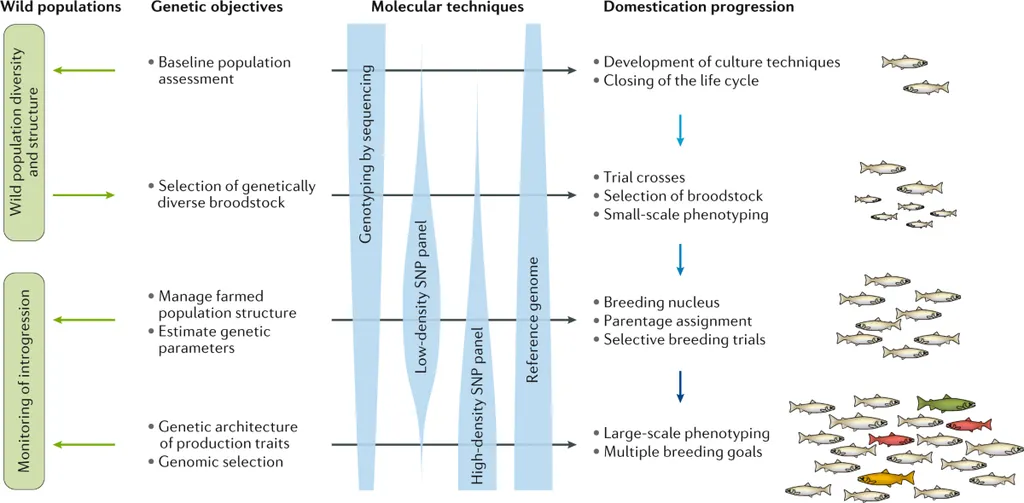In the world of aquaculture, precision and efficiency are key to meeting the growing global demand for seafood. A recent study published in the journal *Aquaculture Reports* (translated to English as “Aquaculture Reports”) is making waves by offering a novel approach to genetic improvement in turbot, a highly prized flatfish. Led by Junwen Cao of the State Key Laboratory of Mariculture Biobreeding and Sustainable Goods at the Yellow Sea Fisheries Research Institute, the research introduces a haplotype reference panel designed to enhance low-coverage whole genome sequencing genotype imputation in turbot (Scophthalmus maximus).
The study addresses a critical need in the aquaculture industry: the ability to accurately and cost-effectively identify and select desirable genetic traits in fish. Traditional methods of genetic improvement often require high-coverage sequencing, which can be expensive and time-consuming. By developing a haplotype reference panel, Cao and his team have created a tool that allows for more efficient and accurate genotyping using low-coverage sequencing data.
“This research represents a significant step forward in our ability to improve the genetic quality of turbot,” said Cao. “By leveraging low-coverage sequencing, we can reduce costs and increase the speed of genetic selection, ultimately benefiting both producers and consumers.”
The commercial implications of this research are substantial. Turbot is a valuable species in the aquaculture industry, prized for its delicate flavor and firm texture. As global demand for seafood continues to rise, the ability to produce high-quality turbot efficiently and sustainably becomes increasingly important. The haplotype reference panel developed by Cao and his team offers a powerful tool for achieving these goals.
Moreover, the methods and insights gained from this research have the potential to extend beyond turbot to other aquaculture species. As the industry continues to seek ways to improve efficiency and sustainability, the development of similar tools for other species could have far-reaching impacts.
“This study not only advances our understanding of turbot genetics but also sets a precedent for future research in aquaculture genomics,” said a spokesperson from the Chinese Academy of Fishery Sciences. “The potential applications of this work are vast, and we are excited to see how it will shape the future of the industry.”
As the aquaculture industry continues to evolve, the integration of advanced genetic technologies will play a crucial role in meeting the challenges of the future. The research led by Junwen Cao and his team represents a significant milestone in this ongoing journey, offering new possibilities for improving the efficiency and sustainability of aquaculture practices. With the publication of this study in *Aquaculture Reports*, the stage is set for further advancements in the field, promising a brighter future for both producers and consumers alike.

